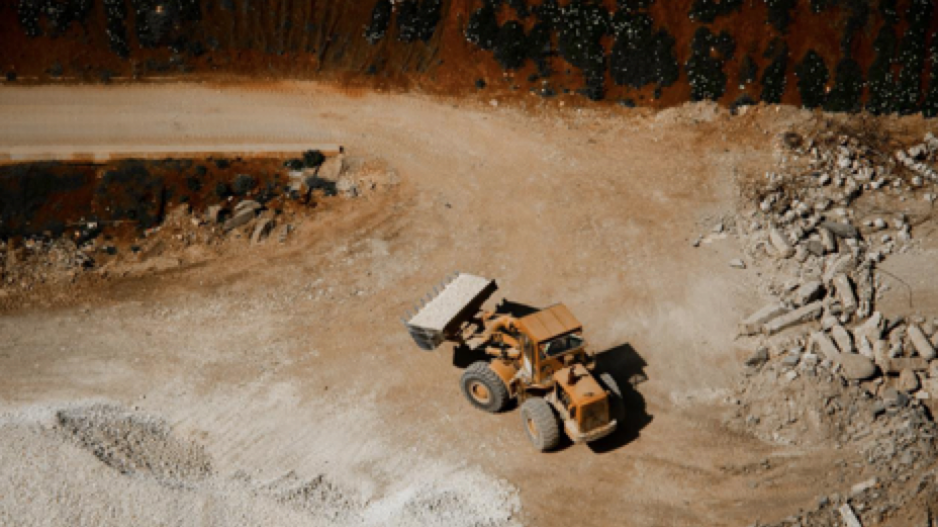Seemingly endless wait times for permits, navigating a complex bureaucratic process or staying ahead of ever-changing market conditions.
Whether it’s a single-family home or a 40-storey tower, the building can be a mixed bag at the best of times.
And there now appears to be another wrinkle added to the list.
The Ministry of Environment & Climate Change Strategy introduced a significant amendment to the current regulations that came into effect on March 1, which has substantially revamped soil relocation protocols that impact development practices and contractors across B.C.
Though it’s early days, there are questions and there is uncertainty.
“We’re only a few weeks in now, but landowners and developers are asking themselves, ‘What should we do?’ explains Gavin Leung, Managing Director at NEXT Environmental. “We’re at a crossroads right now where our industry is not 100 percent certain on how things will pan out, but we are working to fully understand the regulations and requirements.”
Ministry regulations shaping any project requiring digging and soil removal generally include two options: take that excavated soil to a landfill for a fee, or the more environmentally friendly option of moving it to another property for reuse, provided the soil is clean.
Those previous regulations, however, were loose in scope and enforcement. In some cases contaminated soil was being spread onto other properties and it’s precisely this issue that the recently introduced laws aim to curb.
“The new sampling protocols are very extensive and there is lots of work needed to characterize soil conditions before they can be relocated to another property,” Leung explains. “In some ways, it’s actually made it more attractive to send it to a landfill now because they can pay a premium, dump it and forget about it.”
Though Leung believes the new regulations are well-intentioned, there are scenarios he points to that are akin to death by 1,000 papercuts.
Take, for example, the standard Vancouver lot measuring 33 by 122 feet that was not identified as a contaminated site, but may have some historical operation that’s deemed to be a potential risk. In some cases, dozens of soil samples will be required from that site – most could come back clean, but very few could contain negligible amounts of naturally occuring metals or other contaminants.
These samples will trigger additional investigations and assessments, including potential approvals from the Ministry, which could take months to clarify – time and money could be lost.
“The more you sample soil, the higher the likelihood that you might run into some naturally occuring background concentrations that really isn’t a problem – but because you’re sampling the soil so much, you might run into a false positive,” Leung explains. “It’s like doing blood work dozens of times – you’ll perhaps find something.”
NEXT Environmental guides clients through these issues by first initiating a cost-benefit analysis. Team members also investigate rates for disposing of contaminated soils, while determining the volume of soil that needs to be moved.
This process provides clarity around total costs and a clear view of which option works best for a client: whether to move the soil to another property or to a landfill. NEXT staffers also help clients clearly communicate and interpret information from the Ministry officials to ensure project timelines are met.
NEXT provides a full suite of services in multiple locations for different projects: remediation, site investigations, risk assessment, monitoring, peer reviews or hydrogeology.
This is an accomplished team with knowledge and expertise across virtually any sector: licensing and permitting; real estate and development; industrial; First Nations, government; transportation and logistics; brownfield and legal issues.
NEXT’s proven track record of working closely with developers, lenders and government stretches across close to three decades.
Examples of major clean-ups NEXT has been a part of include the dramatic transformation of the long-vacant former Fullerton Lumber lands into the North Shore Auto Mall at Harbourside Business Park. This site was considered “technologically impossible” to remediate, prior to bringing some common sense and technological savvy to bear on the environmental hurdles which stopped ‘greening’ in its tracks for several decades.
Another example was supporting remediation of B.C.’s largest shipyard for the stellar Pinnacle International development of The Pier at Lonsdale and Esplanade in North Vancouver.
“I empathize with these developers and landowners – they are trying to build something that can potentially help us with our housing crisis,” Leung said. “They have so many roadblocks in place that are not facilitating the process but we can help them work through those issues.”




